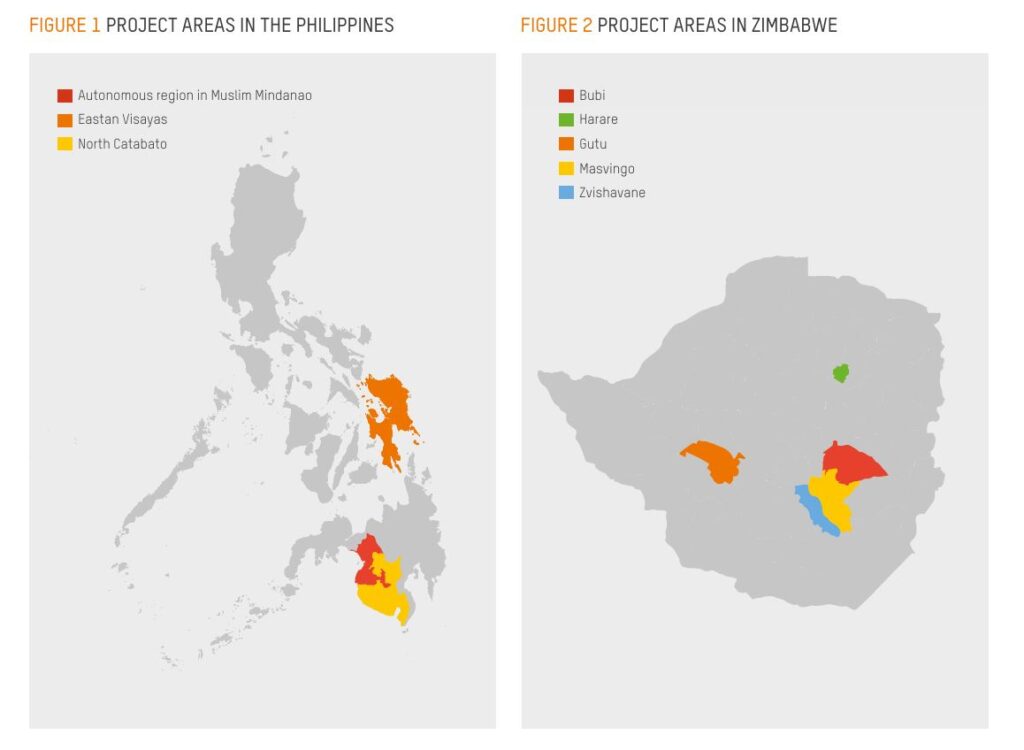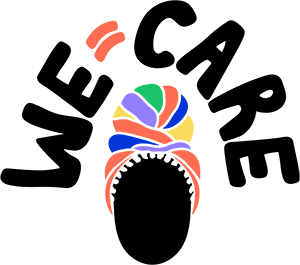Women’s care tasks lessen thanks to new or improved water infrastructure—WE-Care evaluation reveals
New or improved water infrastructure reduced the time women in Zimbabwe and the Philippines spent on care as main task.
The water inf rastructure, combined with time- and labour-saving equipment (TLSE), made water- and laundry-related tasks ‘easier’ and allowed participants to do them ‘faster’ and in a ‘healthier’ manner, as they reduced the effort required to perform these intense physical activities.
Evidence suggests that the new or improved water points might have been effective in reducing women’s time spent on care work, though the effect might have only been on care work as a main task (primary activity).
The evaluation shows that in the Philippines, women with access to new or improved water infrastructure reduced their time spent in care as a main activity by over 2 hours, while in Zimbabwe they reported spending nearly 1 hour less on average on these same tasks.
At the same time, the total number of hours spent on all care responsibilities, including supervising dependants, seems less affected. Participants interviewed reported that the new or improved water infrastructure was closer to their households than government-constructed water points, which were often far away.
Women also reported that the new water infrastructure was easier to use, citing previous difficulties in pumping water manually (in Zimbabwe), or describing situations where water was not available and had to be purchased (in the Philippines). The new water infrastructure facilitated water-related tasks, particularly laundry activities, with women reporting that they can now wash their clothes at the laundry points and not in the river where the water is not clean.
In both countries, survey findings were inconclusive about the effect of receiving TLSE (e.g. pushcarts, wheelbarrows, water containers) on women’s time spent on care work as their main task or on their overall care responsibilities, including supervision tasks. In the qualitative interviews, however, participants reported that the TLSE allows them to collect water less frequently, facilitates multitasking, and supports different care tasks in the household, e.g. water buckets can be used to collect fuel as well as water, while pushcarts can be used for water- and laundry-related tasks. Before WE-Care, women would spend more time making multiple trips to carry water for daily tasks or to take clothes for washing.

Qualitative findings also suggest that women who benefitted from both the new or improved water infrastructure and the TLSE indicated that it is now ‘faster’, ‘easier’ and ‘healthier’ to carry out domestic tasks, due to the reduced effort required to undertake intense physical activities, such as operating bush pumps or carrying heavy water containers to collect water and do laundry.
Although the findings are positive overall, in both countries some participants indicated challenges regarding the quality of the water infrastructure and the sustainability of the TLSE. These results indicate that differences in implementation might have affected the overall effects of the intervention for certain groups, i.e. participants in areas where these challenges were observed may not have experienced a decrease in the time and effort they spent on care as main activity or water- and laundry-related tasks to the same extent as participants in the sampled areas.
Written by Vin Aranas. For more information about the evaluation results, click here.
